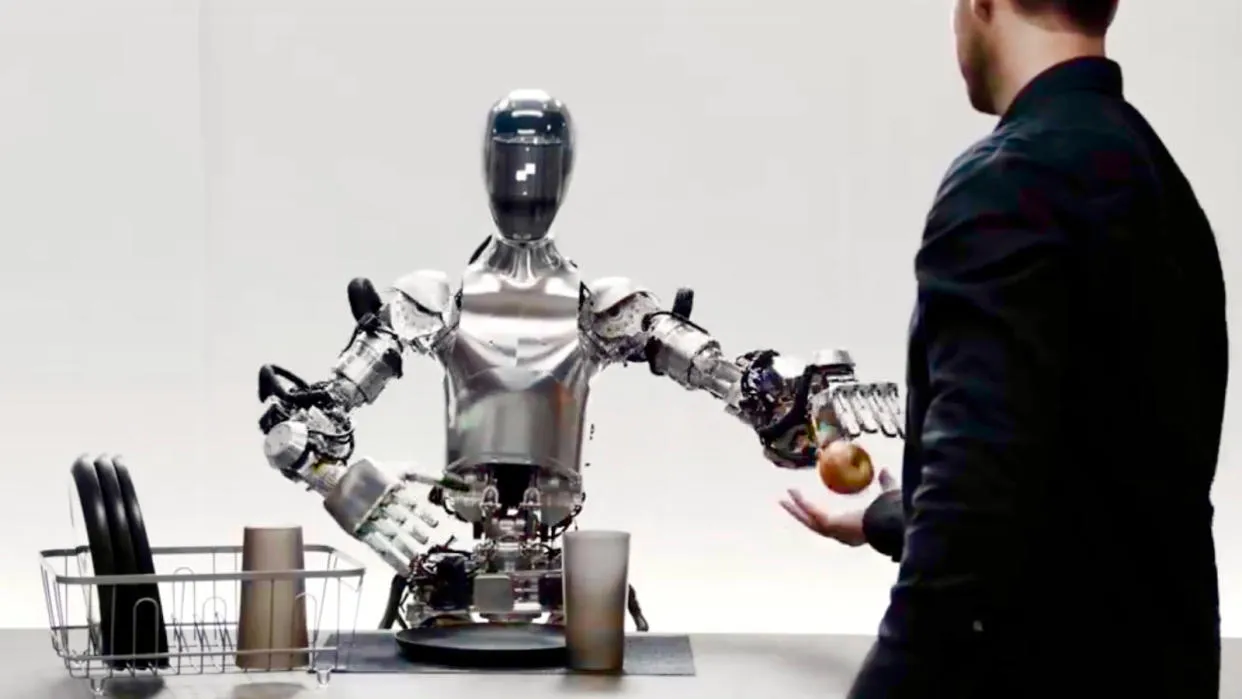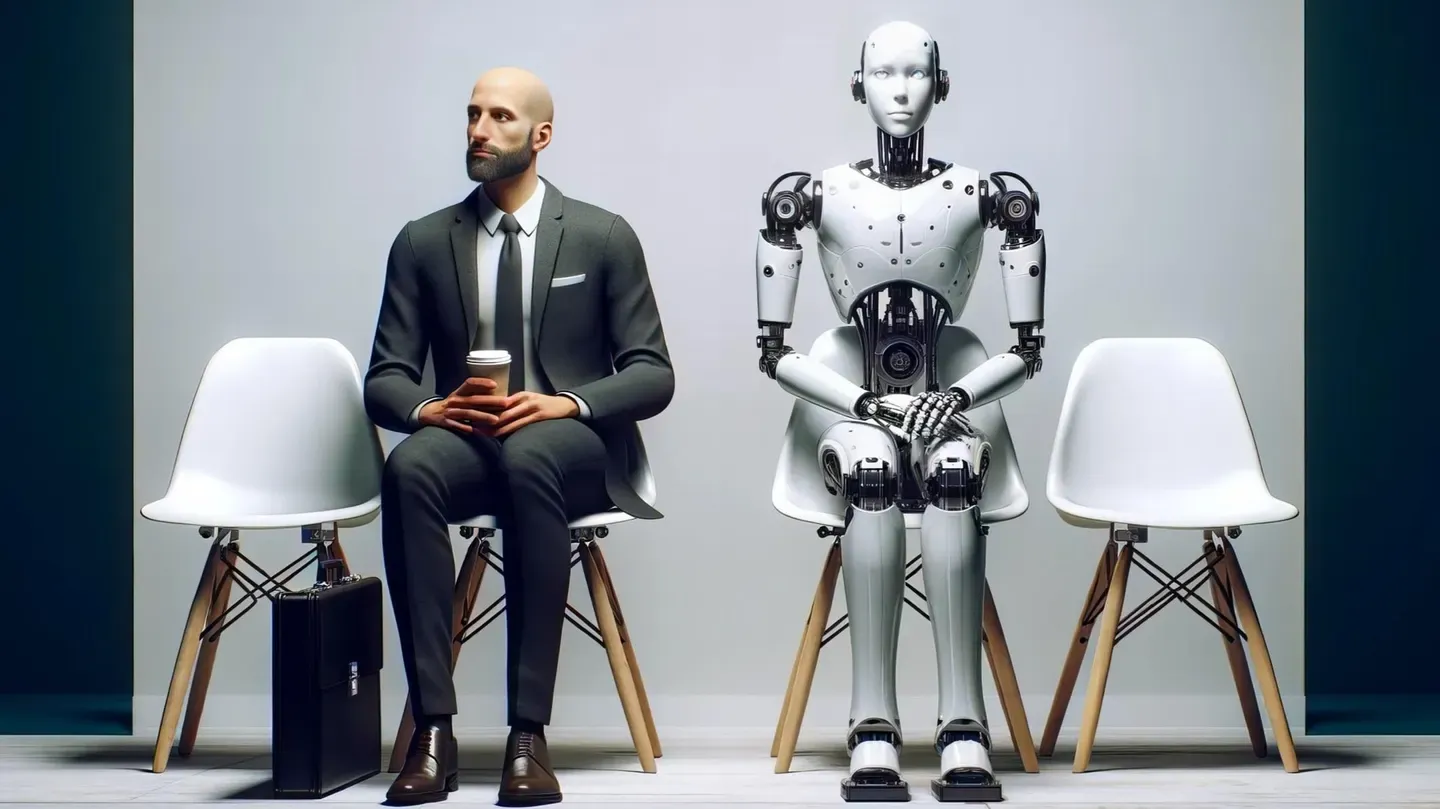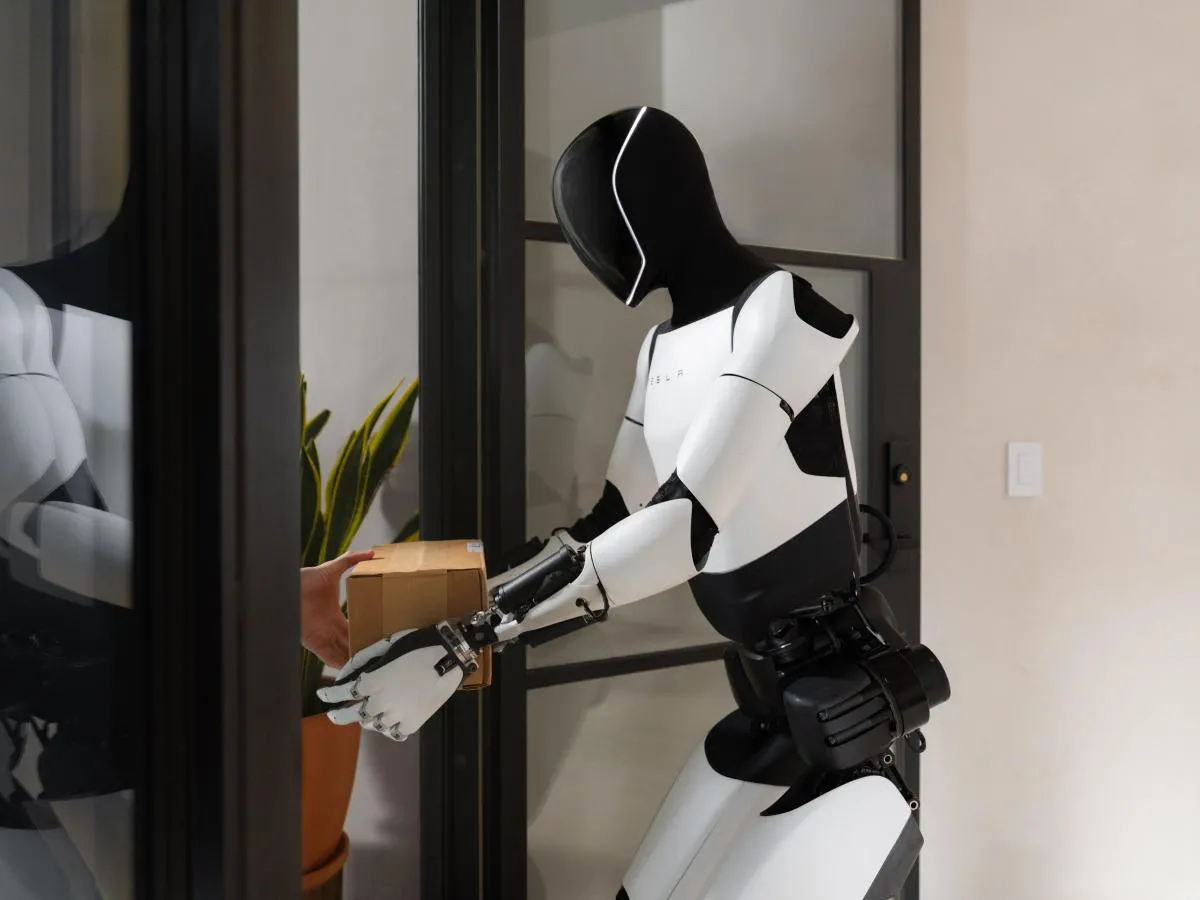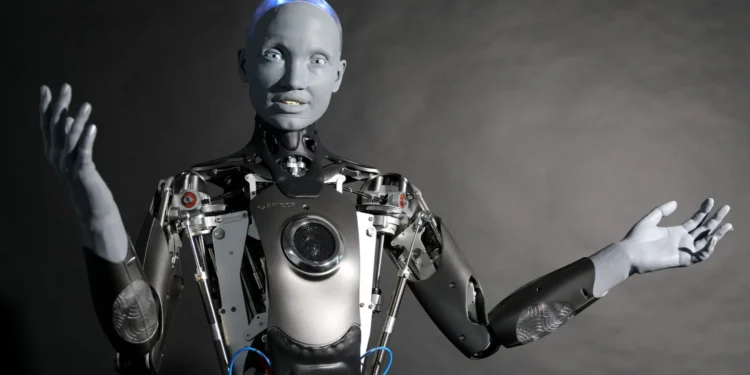In the ever-evolving landscape of technology, Apple is reportedly taking a significant pivot toward developing both humanoid and non-humanoid robots, a move that could redefine the consumer electronics market. According to insights from renowned analyst Ming-Chi Kuo, this shift follows a detailed research paper by the tech giant that delves into human interactions with non-traditional robotic forms, notably a Pixar-style lamp. This initiative seems to underscore Apple’s commitment to exploring innovative form factors that could integrate seamlessly into daily life.

Kuo describes Apple’s current explorations in robotics as an “early proof-of-concept” stage, reminiscent of the company’s former Apple Car project, which suggests a cautious yet optimistic approach towards complex robotic systems. With a tentative timeline set for 2028 for possible mass production, Apple’s journey into robotics is evidently in its nascent stages but holds potential for substantial impact.
A Glimpse into Apple’s Robotic Visions
The core of Apple’s research emphasizes not just the functionality but the interaction between humans and robots. Kuo highlights a key distinction in the research paper: the focus on non-anthropomorphic robots. This approach suggests that Apple is less concerned with the robot’s physical form and more with how it is perceived by users—indicating that the integration of advanced sensing hardware and software could be pivotal.

The broader interpretation of “anthropomorphic” by Apple could encompass a variety of robotic systems that may not strictly resemble humans but carry certain human-like characteristics. From simple mechanical systems to more complex, multifunctional humanoids, Apple appears to be casting a wide net in its developmental phase, potentially aiming to redefine the smart home ecosystem.
The Realistic Path Forward: Smart Home Systems Over Humanoids?
The speculation around Apple’s robotic projects includes possibilities ranging from fully functional humanoids designed for household tasks to simpler smart home devices equipped with mechanical arms. Such advancements could transform everyday household interactions but require a significant proof of concept to ensure market viability and consumer interest.
Meanwhile, the industry continues to struggle with scaling up production of industrial humanoids, suggesting that Apple’s cautious approach might be a strategic decision to avoid the pitfalls faced by earlier ambitious projects like the Apple Car and the Vision Pro.
The Road Ahead: Challenges and Opportunities
Despite the potential for groundbreaking developments, there are several hurdles Apple must navigate. The cost and reliability of humanoid robots remain significant challenges, as seen in other sectors attempting to transition robotic technology from industrial applications to household utilities.

With Silicon Valley already witnessing the rise and fall of numerous home robot ventures, Apple’s foray into robotics is accompanied by a blend of skepticism and anticipation. The company’s history of refining and popularizing new technologies could well be a harbinger of success in the robotics field, yet the path forward is fraught with complexities and speculative possibilities.
As Apple continues to explore the intricate landscape of robotics, the industry watches closely, anticipating the next big leap. Whether Apple’s venture into robotics culminates in a revolutionary product or serves as a stepping stone to other innovations, the impact of these explorations will likely resonate across the technological world. In the meantime, the tech community remains poised for a cascade of leaks and speculation as Apple charts its course in the secretive yet fascinating realm of robotics.










